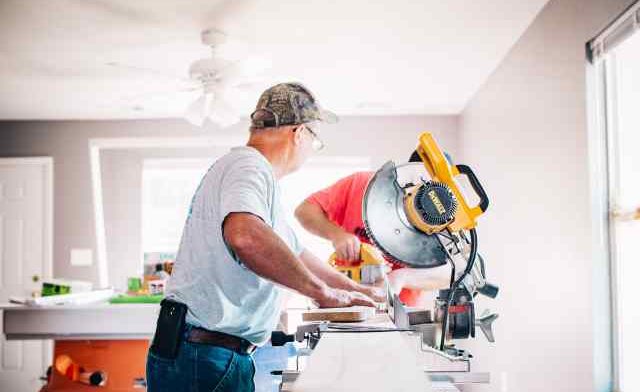What is the best wood for a sauna?
You are ready to build your new sauna and you want the best wood for the interior. The major factors you must consider when choosing wood are resistance to decay, thermal comfort, appearance and aroma. Here are the four best woods that provide these desirable traits for your sauna.
#1 Western Red Cedar
Western Red Cedar is our preferred wood of choice for sauna. Colorful in appearance with various hues, cedar is stable, but soft and resists warping under heat and humidity changes prevalent in a sauna.. Cedar also has a low density making it a good insulator, quick to heat and quick to cool down. This makes the wood more comfortable to sit against. Wood that is too dense radiates too much heat and can burn you. Also, cedar does not bleed pitch like other types of sapwood. And perhaps most importantly, cedar is highly resistant to fungus & decay.
#2 Redwood
Redwood shares many of the same outstanding qualities as Western Red Cedar but two factors make redwood a little less desirable than cedar. First: Redwood is a beautiful red color when installed but in time will turn a dirty grey color as body oil and perspiration react chemically with the acid found in Redwood. When redwood is newly installed it may also leech it’s red color into your skin. Not to worry…it’s only temporary. Second: Redwood typically costs more than Western Red Cedar.
#3 Alaskan Yellow Cedar
Alaskan Yellow Cedar isn’t actually cedar but rather a type of Cypress tree once used by western Native American tribes to fashion totem poles. As you might imagine Alaskan Yellow Cedar is highly resistant to fungus and decay (those Native Americans know their wood!). It is often chosen for saunas simply for it’s appearance – an interesting yellow color. It is aromatic but usually not as pleasant or rich as that of Western Red Cedar.
#4 Western Hemlock
Western Hemlock also has favorable characteristics but is not as resistant to decay as our first three choices and can tend to expand a bit. It is a very strong wood but can emit a faint sour smell when it is fresh.
Choosing the right wood for your sauna is the most important aspect of your new sauna. Going to the local lumber yard and selecting wood with poor decay resistance, varying grain directions and knots may be less expensive in the short run. But a sauna built with this wood will be more expensive in the long run. Stick to these four choices and you will have a beautiful sauna that will last for years.




